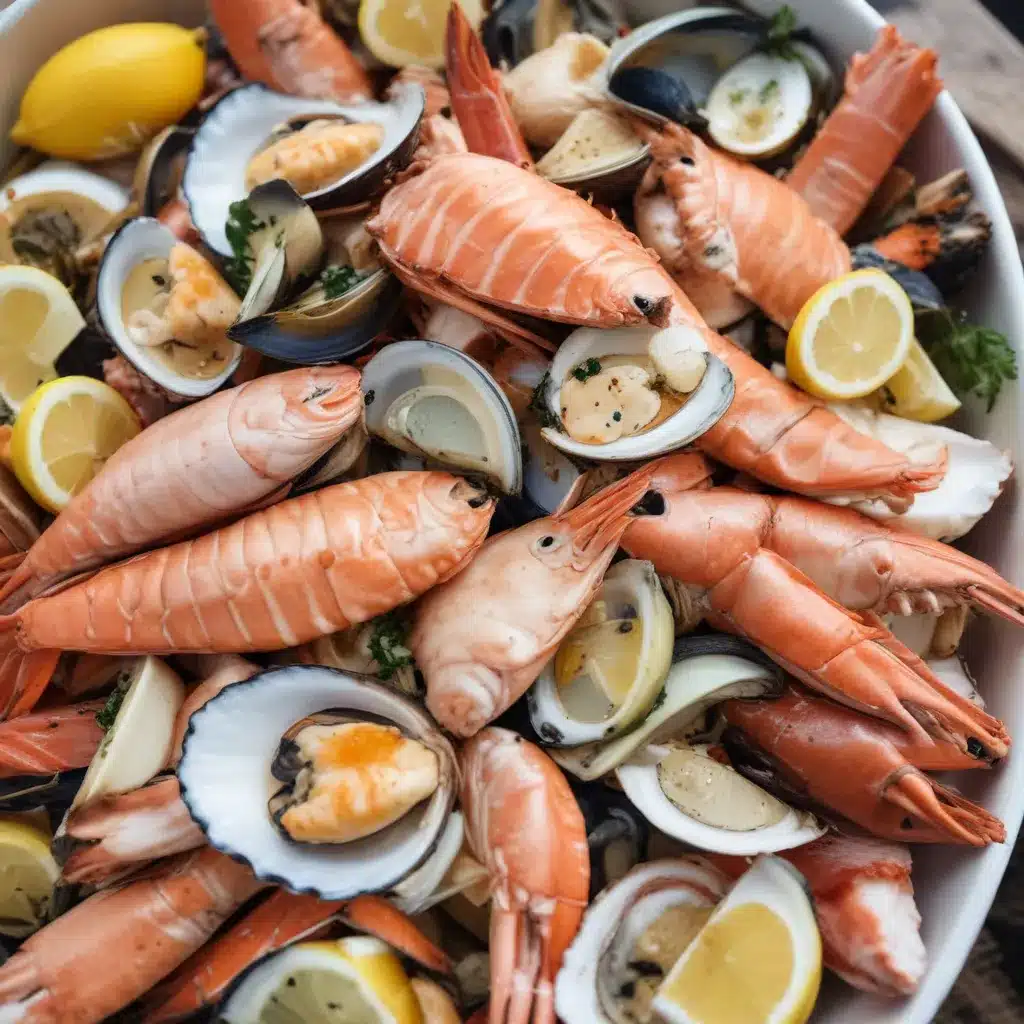
As the world grapples with the accelerating impacts of climate change, the fishing and seafood industries face unprecedented threats. Rising ocean temperatures, ocean acidification, and shifting ecosystem dynamics pose grave challenges to the safety, sustainability, and supply of our favorite seafood. From cod to shrimp, the delicate balance of marine life is being disrupted, elevating risks of contamination, disease, and scarcity.
Impacts of Climate Change on Seafood
Temperature variations are dramatically altering the distribution and behavior of marine species. As waters warm, many commercially important fish like Atlantic cod are migrating to higher latitudes or deeper, cooler waters to survive. This forces fishermen to travel further to access their usual catches, disrupting supply chains and livelihoods. Moreover, warmer seas enable the proliferation of invasive species and disease-causing pathogens that can devastate native fish populations.
In addition, the global phenomenon of ocean acidification – driven by increased absorption of atmospheric carbon dioxide – is fundamentally changing the chemistry of the oceans. This poses immense threats to shellfish, coral reefs, and other marine life sensitive to pH changes. Acidic waters can impair the ability of oysters, clams, and mussels to form their calcium-based shells and exoskeletons, jeopardizing these vital aquaculture industries.
Warming temperatures and chemical changes are also transforming ecosystem dynamics. Disruptions to food webs, species migration patterns, and habitat suitability are creating unpredictable challenges. For instance, the decline of forage fish like sardines and anchovies – a vital food source for larger predatory species – can have cascading effects that unravel entire marine environments.
Seafood Contamination Risks
As climate change progresses, the seafood supply faces growing contamination risks from various sources. Increasingly frequent and intense harmful algal blooms fueled by warmer waters and nutrient runoff can produce dangerous neurotoxins that accumulate in filter-feeding shellfish. Consumption of contaminated seafood can lead to life-threatening illnesses like paralytic shellfish poisoning.
Warmer temperatures and flooding also enable the proliferation of pathogenic bacteria like Vibrio that thrive in aquatic environments. Rising Vibrio infections linked to the warming of coastal waters pose serious public health concerns, especially for vulnerable populations.
Additionally, the bioaccumulation of heavy metals like mercury in seafood is expected to worsen as climate change impacts ocean circulation patterns and the food web. Consumption of mercury-contaminated fish can cause neurological damage, particularly in pregnant women and young children.
Regulatory Frameworks and Adaptation Strategies
Safeguarding the seafood supply in the face of climate change requires coordinated efforts on multiple fronts. Robust food safety standards and monitoring programs must evolve to address emerging contaminants and shifting distribution patterns of seafood. Regulatory bodies like the FDA and USDA will need to update guidelines and testing protocols to ensure the continued safety of our seafood.
Adaptation strategies must also prioritize sustainable aquaculture practices that can withstand the challenges of a changing climate. Innovations in water treatment, feed formulations, and selective breeding for climate-resilient traits will be essential for securing a reliable supply of farmed seafood.
Stakeholder Collaboration for Resilience
Effective climate adaptation in the seafood industry demands unprecedented collaboration among fishermen, aquaculture producers, scientists, policymakers, and consumers. Fisheries management must adapt to shifting species distributions, incorporating flexible quotas and zoning to ensure the long-term sustainability of wild-caught seafood.
Concurrently, consumer-facing initiatives like seafood traceability and sustainability certifications can empower individuals to make informed choices that support climate-resilient seafood systems. By fostering transparency throughout the supply chain, stakeholders can collectively build resilience against the mounting threats of climate change.
Emerging Technologies for Seafood Safety
Innovative technologies offer promising solutions for monitoring and mitigating climate-driven seafood contamination risks. Rapid detection methods, such as biosensors and portable analyzers, can enable real-time screening for toxins, pathogens, and other contaminants, allowing for swifter responses to emerging threats.
Additionally, blockchain-powered traceability systems and predictive modeling tools can enhance the industry’s ability to track seafood origins, forecast emerging risks, and respond proactively to safeguard public health.
Socioeconomic Considerations
The impacts of climate change on seafood safety and supply extend far beyond the dinner plate, posing significant food security challenges globally. Disruptions to fisheries and aquaculture can jeopardize the livelihoods and nutritional intake of coastal communities that rely on seafood as a primary source of protein and income.
Furthermore, the burden of these climate-driven threats disproportionately falls on marginalized groups and communities facing environmental injustice. Policymakers and industry stakeholders must prioritize equitable adaptation strategies that empower vulnerable populations to build resilience and safeguard their access to safe, affordable seafood.
Future Research Directions
As the seafood industry navigates the uncharted waters of climate change, interdisciplinary research will be crucial for informing evidence-based solutions. Collaborations among marine biologists, food scientists, public health experts, and climate modelers can yield a more comprehensive understanding of the evolving risks and potential mitigation strategies.
Ongoing efforts to refine climate projections and conduct robust risk assessments will enable the seafood industry to anticipate and prepare for future challenges. Simultaneously, innovations in seafood processing, preservation, and distribution technologies can bolster the resilience of global seafood supply chains.
Conclusion: Towards a Resilient Seafood Future
The seafood industry stands at a critical juncture, facing an unprecedented array of climate-driven threats to the safety, sustainability, and accessibility of our favorite marine delicacies. Navigating this uncertain future will require a multifaceted, collaborative approach that draws upon the expertise of diverse stakeholders and the power of emerging technologies.
By proactively adapting to the impacts of climate change, the seafood industry can safeguard the long-term health and viability of our oceans, the livelihoods of coastal communities, and the food security of populations worldwide. Through these collective efforts, we can work towards a more resilient, sustainable, and climate-ready future for seafood.

